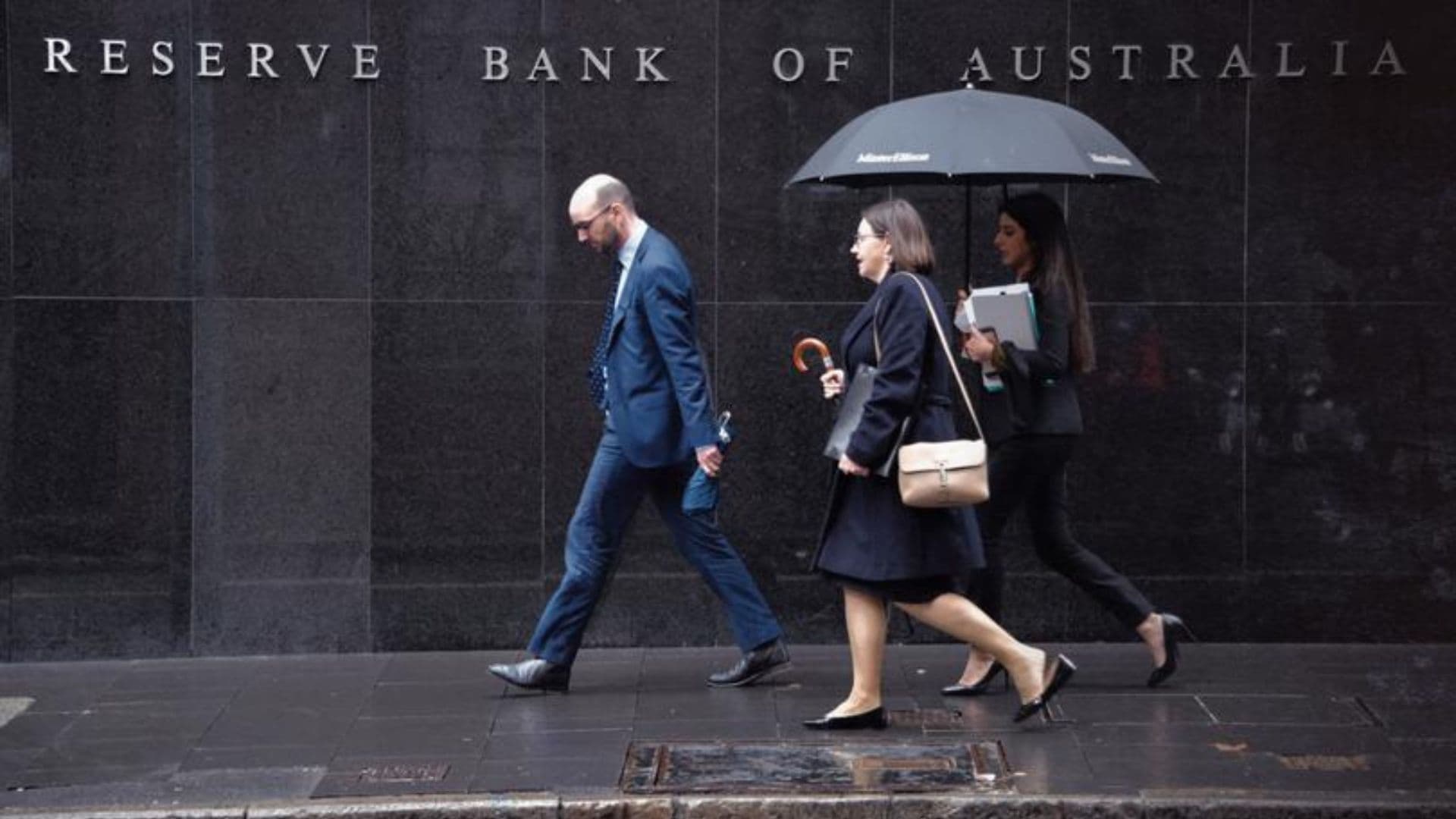Home Of Fair Facts & Tips
News | RBA Holds Cash Rate at 4.35% And Economic Outlook
Explore the RBA's decision to maintain the cash rate at 4.35% amid high inflation and economic uncertainties in our latest analysis.

Current Monetary Stance
In its latest monetary policy announcement on May 7, 2024, the Reserve Bank of Australia (RBA) has held the cash rate steady at 4.35%. This decision reflects the Board's ongoing strategy to manage the delicate balance between curtailing inflation and supporting economic growth. Despite the challenges, the interest rate on Exchange Settlement balances remains at 4.25%, underlining the RBA’s cautious approach in a fluctuating economic landscape.
Inflation Dynamics
While inflation has eased slightly, dropping from 4.1% to 3.6% over the last quarter, it remains stubbornly high and is decreasing more slowly than anticipated. This persistence is largely driven by services inflation, which continues to moderate at a gradual pace. The RBA's observation points towards a protracted battle with inflation, especially with underlying inflation rates surpassing headline rates due to ongoing domestic cost pressures, both in labour and non-labour sectors.
Economic Outlook and Risks
The economic forecast appears tinged with uncertainty. The RBA projects that inflation will not align with the target range of 2–3% until the second half of 2025, and achieving the midpoint is expected by 2026. Factors such as recent hikes in domestic petrol prices and a slower decline in services inflation are complicating the pathway back to target inflation levels.
Moreover, the global economic environment remains precarious. Improvements in major economies like China and the USA offer some positive signals, but geopolitical tensions continue to pose significant risks. These uncertainties underscore the complex interplay of domestic and international factors shaping Australia's economic trajectory.
Household Consumption and Labour Market
The labour market exhibits a mix of easing conditions and ongoing tightness that complicates the economic recovery. Wage growth, although peaking, remains unsustainably high when considered against productivity trends. This dynamic, coupled with high inflation, has notably suppressed household consumption growth as families cut back on spending and prioritize savings.
Looking forward, the RBA anticipates a recovery in real incomes, which should bolster consumption rates. However, there is a palpable risk that household spending may recover more slowly than expected, potentially leading to subdued economic growth and a noticeable downturn in employment conditions.
Monetary Policy Implications
The RBA remains vigilant, committed to adjusting its policy stance as new data and risk assessments emerge. The primary goal is clear: return inflation to its target range without destabilizing the broader economic environment. This requires a nuanced approach to policy-making, one that is responsive to evolving economic indicators and global developments.
Conclusion
As Australia navigates these uncertain times, the RBA's decisions will continue to play a critical role in shaping the economic landscape. For households and businesses alike, understanding these policy directions is key to planning and adapting to the ever-changing economic conditions.
Disclaimer: Unless otherwise specified, the opinions expressed in this article are strictly for general informational only and should not be taken as financial advice or recommendation. Views are subject to change without notice at any time.
Written By

The Craggle Team
